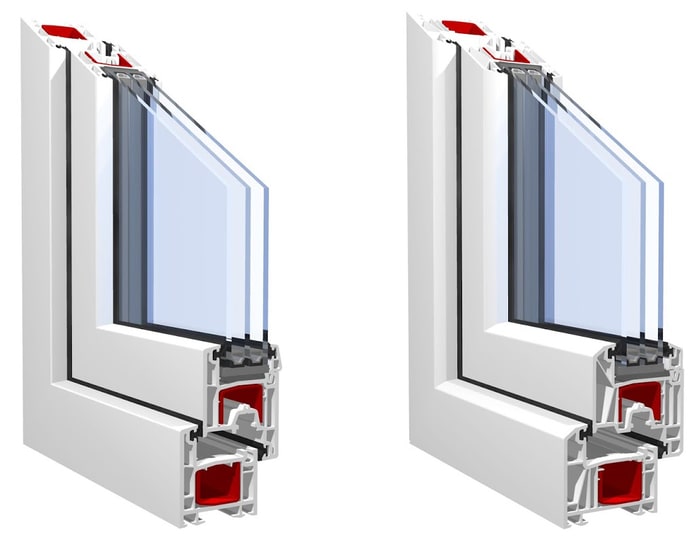All Categories
Featured
Table of Contents
What Are The Advantages Of Double Glazed Windows? in Mundijong WA
That window can send more solar heat in winter season than in summer. A west-facing window on a summer season's afternoon has an angle of incidence from near 0 as much as 30 with a large effective area of solar radiation. A north-facing window, in summer, has a high angle of occurrence and a low effective area of solar radiation, so can send less heat than a west-facing one.

You can rapidly and easily enhance the thermal efficiency of your house by changing your windows. This is among the most reliable approaches of restoration to accomplish enhanced thermal convenience. There are thousands of types of glass and frames to pick from. Picking the best ones is important to improving the energy performance of your home.
Which Is The Best Type Of Double Glazing? - Which? - Which.co.uk in Bickley Western Australia
There are various kinds of glass items to pick from. Single glazing uses a single pane of glass. Single glazing with clear glass is not really efficient when it concerns heat loss or gain. To improve efficiency, you can use single glazing with a more energy-efficient kind of glass such as low emissivity (low-e) glass.
Numerous layers can be put together with sealed cavities between each sheet of glass. IGUs typically use better energy efficiency than single glazing, since they transfer less energy. The energy efficiency of IGUs also depends on: the residential or commercial properties of each layer of glass. Various glass types (for instance, clear and low-e glass) can be created in an IGU.
Double Glazed Windows & Doors Melbourne & Sydney in Ballajura WA

IGU cavities can be filled with air or a more inert, low-conductivity gas such as argon the width of the cavity. Wider cavities provide lower (better) U values, with 12mm typically accepted as the preferred gap how well the cavity is sealed.
If argon is installed to the cavity in place of air, moisture is dependably excluded the level of desiccant (drying representative). The spacer (metal or polymer strip) that separates the glass layers consists of a desiccant to absorb any wetness. Insufficient desiccant might trigger wetness to condense on the glass surface in cold conditions, minimizing thermal efficiency.
Double Glazed Windows: A Complete Guide in Langford Western Australia
IGUs can deliver better energy performance for all climates, particularly in heated and air-conditioned houses. Cross-section detail of single, double and triple-glazing systems Low emissivity glass (commonly called low-e glass) reduces heat transfer. Low-e glass might be either high or low transmission: High transmission low-e glass has a coating that enables daylight from the sun to pass into the home to achieve great solar heat gain, but reduces the amount of the long wavelength infrared heat that can leave back through the window.
Low-e glass has either a pyrolytic finish or a vacuum-deposited thin film metal coating. Pyrolytic finishes are resilient and can be used for any glazing; vacuum-deposited finishings are soft and are only utilized within IGUs. Low-e finishings can significantly improve both U value and SHGC; however, they must be utilized correctly or they will either deteriorate or stop working to perform as required.
Buy Double Glazed Upvc Sliding Doors In Sydney in Success WA
Low-e finishes can be used in mix with clear, toned or reflective glass. Low-e coverings on glazing can reduce heat transfer where required Photo: Department of Industry, Science, Energy and Resources Toned glass has colouring ingredients consisted of throughout manufacture. It is offered in various colours, normally bronze, grey, blue and green.
Latest Posts
Double Glazed Windows in West Leederville Perth
Double Glazed Windows Melbourne in Medina Western Australia
Double Glazing Companies Near Me Reviewed 2023 in Huntingdale WA